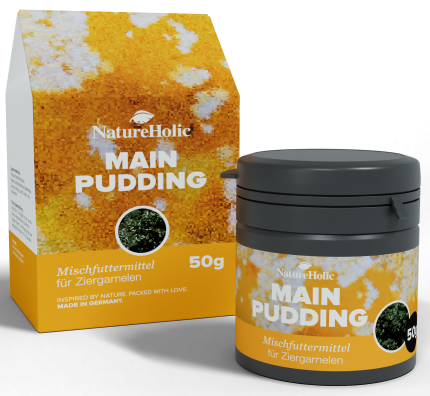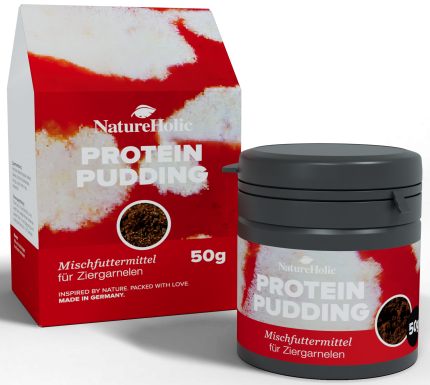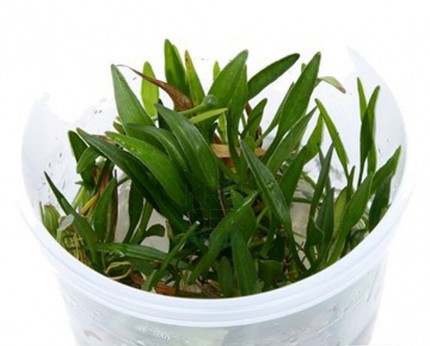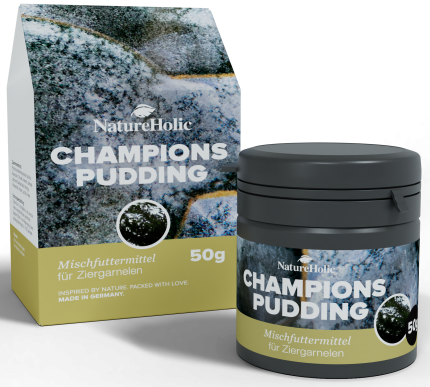Shrimp die for no reason! #Shrimp diseases
Shrimp die for no reason!
One of the most common causes of death in shrimp is bacterial infection. This term is very general and does not say much about the actual pathogen. Very often these infections are vibriosis, which is an infection with bacteria from the genus Vibrio. Many bacteria from this genus are not pathogenic per se, and normally the pathogens causing vibriosis are a normal part of the microflora of all shrimp - they are found even in perfectly healthy animals and usually do no harm there. Mostly they are found on the body surface and in the digestive tract of the animals. Furthermore they are found in food, water and also in bottom substrate and mulm.
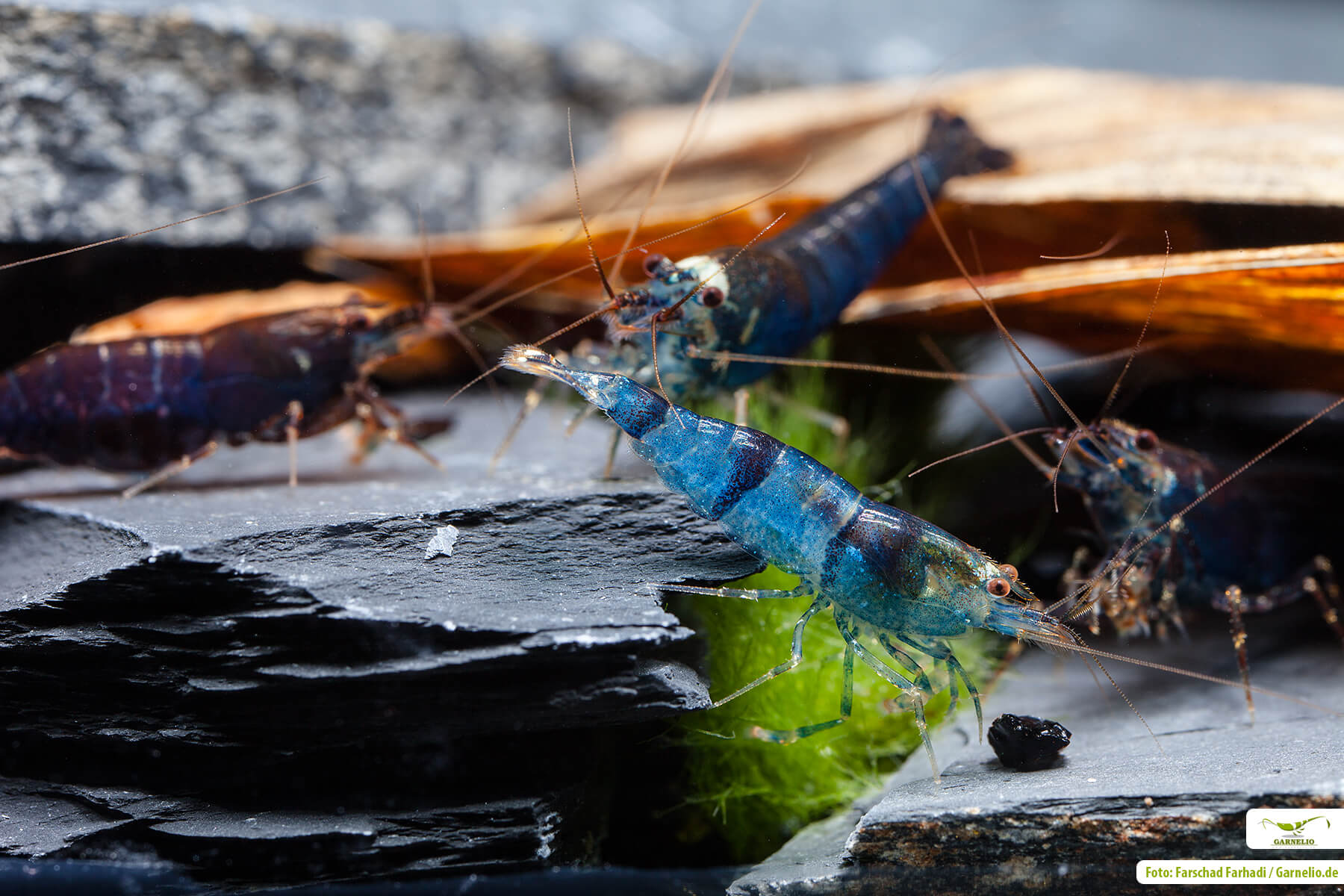
What are Vibrions?
Vibrio spp. are so-called facultative pathogenic (opportunistic) germs. They do not necessarily cause disease, but only become harmful when the shrimp's defenses are weakened. This usually happens due to environmental factors such as unsuitable water values, unbalanced food, presence of pollutants, stress ... If the pathogens are highly virulent, even slightly stressed animals can become ill, less virulent pathogens only infect more stressed shrimp. Diseases such as vibriosis, in the outbreak of which several factors are involved and which occur particularly frequently in intensive husbandry, are called factor diseases.
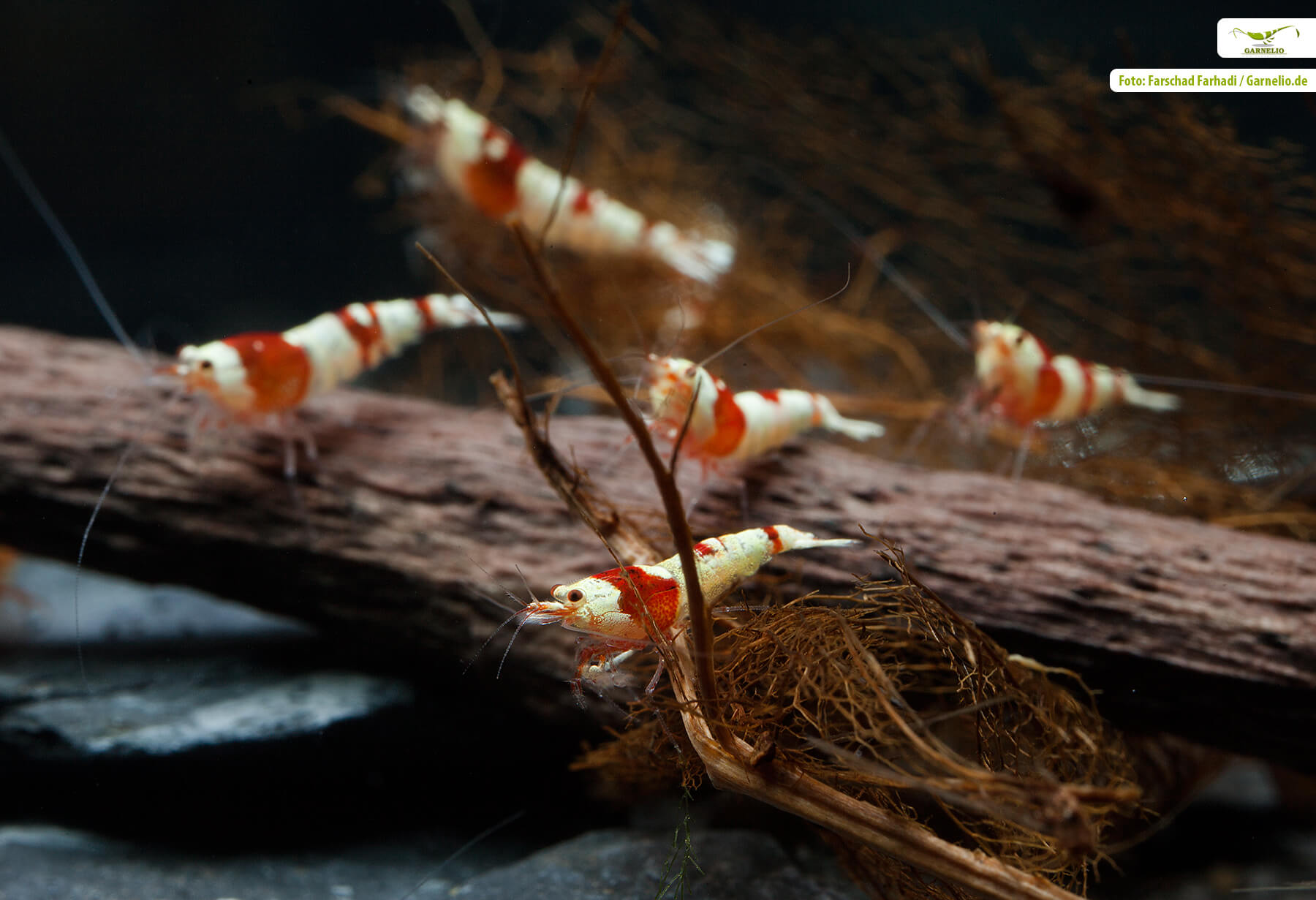
How do shrimp become infected with vibriosis?
How exactly a shrimp can become infected with a pathogenic germ from the genus Vibrio, i.e. how the pathogen is transmitted, how it enters the organism and how it spreads and multiplies there, has not yet been conclusively clarified. Presumably, the germs can enter the shrimp via the skin, the gills, the digestive organs, the mouth orifices and via the sexual orifices, and they are also passed on to the eggs in the mother. In this process, the pathogens do not rely solely on the shrimp's shell being permeable; they can make their own way into the animal's body to some extent.
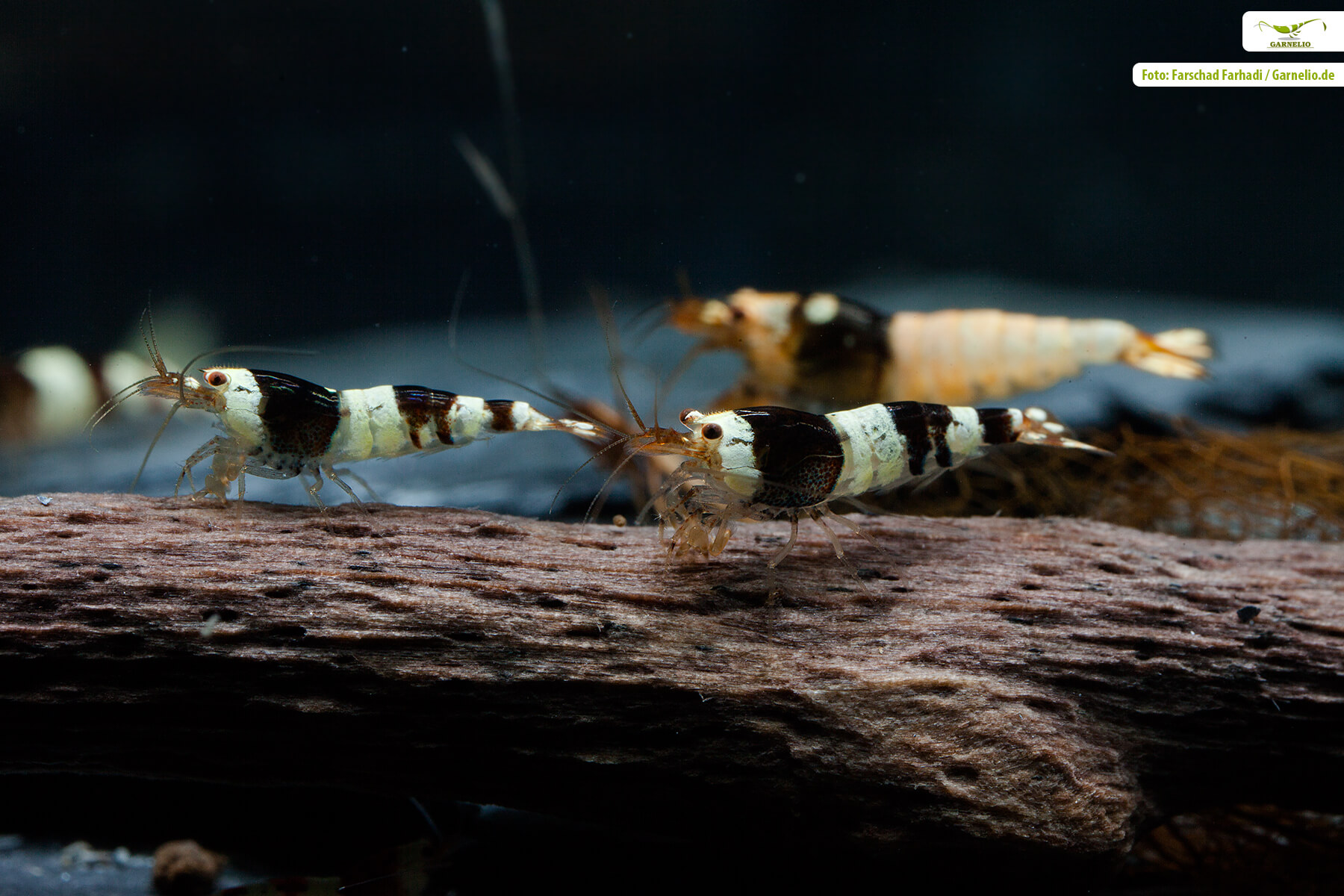
The infection pathways
Vibrions can produce enzymes that dissolve or even dissolve the chitinous shell of crustaceans. This makes it easier for them to attach to the outside of the carapace and also to enter the body. In shrimp with intact carapace, pathogenic Vibrio spp. preferentially penetrate between the chitin segments of the abdomen. At these sites, the shell (also called integument) is particularly thin. With the help of the enzyme collagenase, some Vibrio species can also spread along connective tissue fibers in muscle tissue. In addition, it has already been demonstrated that potentially pathogenic Vibrio spp. proliferate strongly in the digestive tract of weakened animals. From there, they can pass through the intestinal wall into the hemolymph (the "blood" of the shrimp). Other shrimp may become infected by ingesting contaminated food or by eating diseased conspecifics. This so-called cannibalism is a characteristic stress-related behavior of shrimps, which occurs mainly in the case of inadequate feeding (here, too low a proportion of well-tolerated protein would be particularly important) and too high a stocking density. Transmission from the infected female to the fry also seems possible.
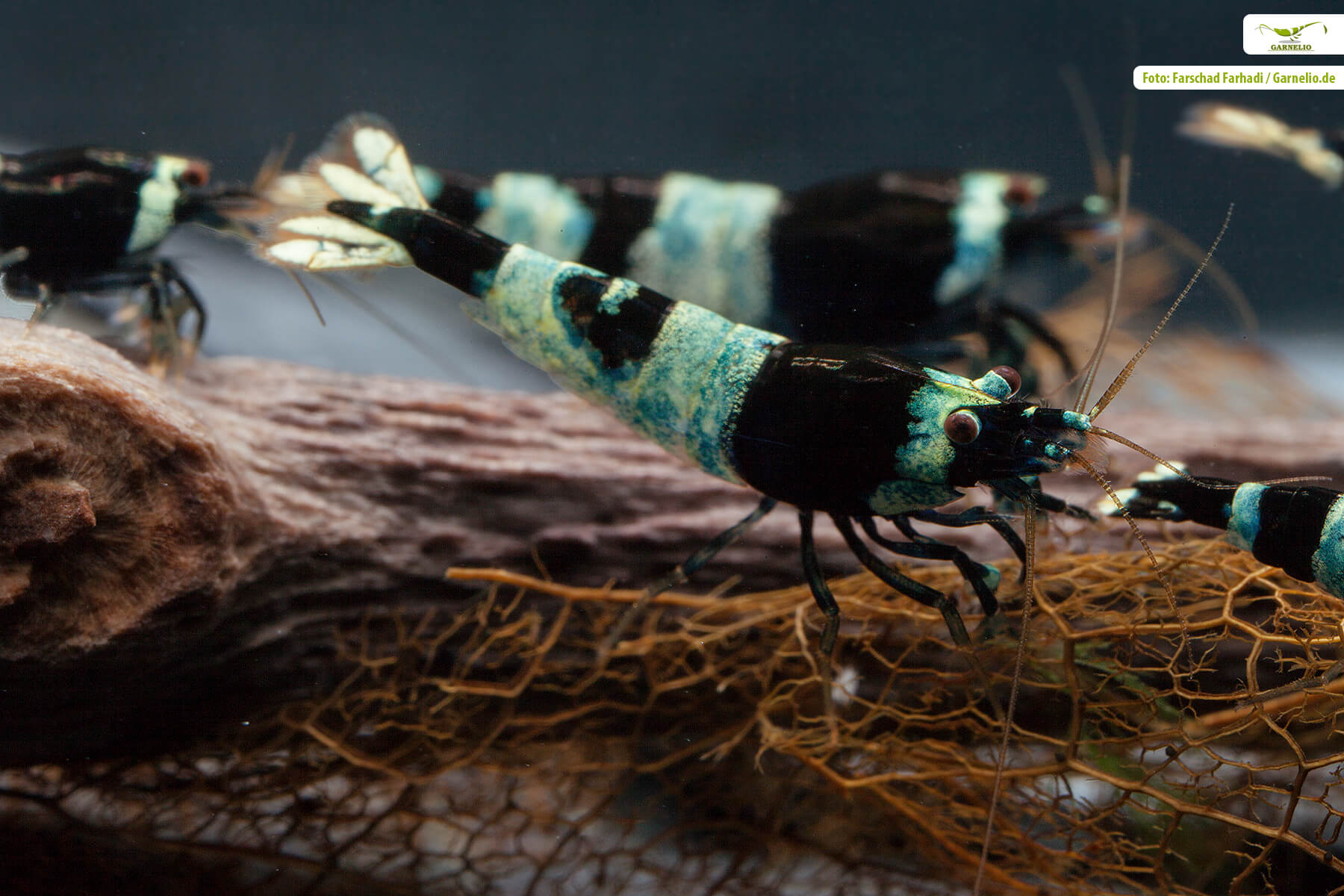
Factors that can promote a vibriosis disease
According to current knowledge, the following factors are directly related to the outbreak of vibriosis disease in shrimp:
- High stocking densities
- Improper handling of shrimp (transport, high air and water temperatures, injuries, etc.)
- Changes of the environment (too abrupt transfer into water with strongly deviating water values, large rearrangements in the aquarium etc.)
- Feeding errors (lack of vitamin C, lack of protein)
- Harmful water parameters (extremely high, low or fluctuating oxygen levels over a long period of time or an abrupt drop in oxygen levels, water temperature that is permanently too high or a sudden rise in temperature, high pH values, ammonia or nitrite levels that are too high)
- Toxic chemicals (heavy metals, pesticides)
- Presence of pests and pathogens (infestation of shrimp with other pathogenic organisms, with parasites or toxin-producing bacteria, fungi and algae, a high accumulation of pathogenic Vibrio spp. in food, water and pond bottom material)
- Physiologically poor condition of shrimp (quality of larvae, molting)
All these factors favor an outbreak of vibriosis disease in shrimp because they weaken their immune defenses or pave the way for harmful, disease-causing Vibrio spp. to enter the shrimp's body or increase the infection pressure.
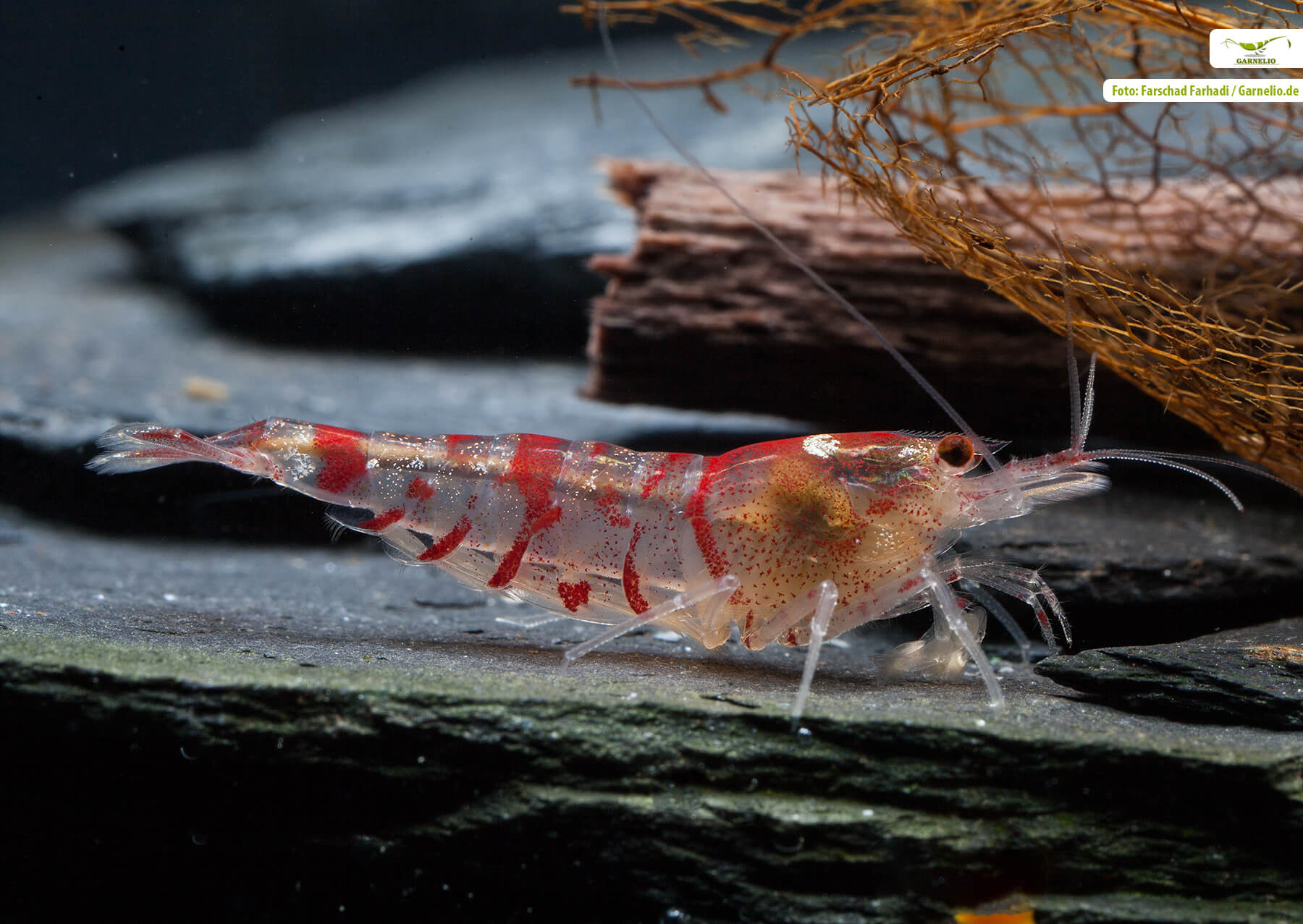
What weakens the infection defenses?
High stocking density, transport (no matter how gentle), harmful water parameters, diseases caused by other disease-causing organisms - especially Monodon baculovirus (MBV) infections - can severely weaken the shrimp's rudimentary immune system and make it susceptible to infection. If the larvae are poorly developed due to malnutrition of the mother, they are also highly susceptible to vibriosis. Molting can also weaken shrimp's defenses against infection, opening the door to infection with Vibrio spp. that actually do not necessarily cause disease (facultative pathogens).
What factors give pathogenic Vibrions access to the shrimp body?
Injuries that damage the chitinous carapace, as well as vitamin C (ascorbic acid) deficiencies, toxic chemicals, or infestations of parasites or toxin-producing bacteria, fungi, and algae, can cause a weakening of the shrimp's infection defenses and also interfere with the molting process and/or promote minor injuries to the skin. After molting, the carapace is also very soft and permeable for a period of time. Due to an incomplete or delayed molting, potentially pathogenic vibrios can increasingly settle on the body surface of the shrimp and penetrate the organism much more easily via small cracks or injuries or even during the molting process via the then soft, permeable carapace.
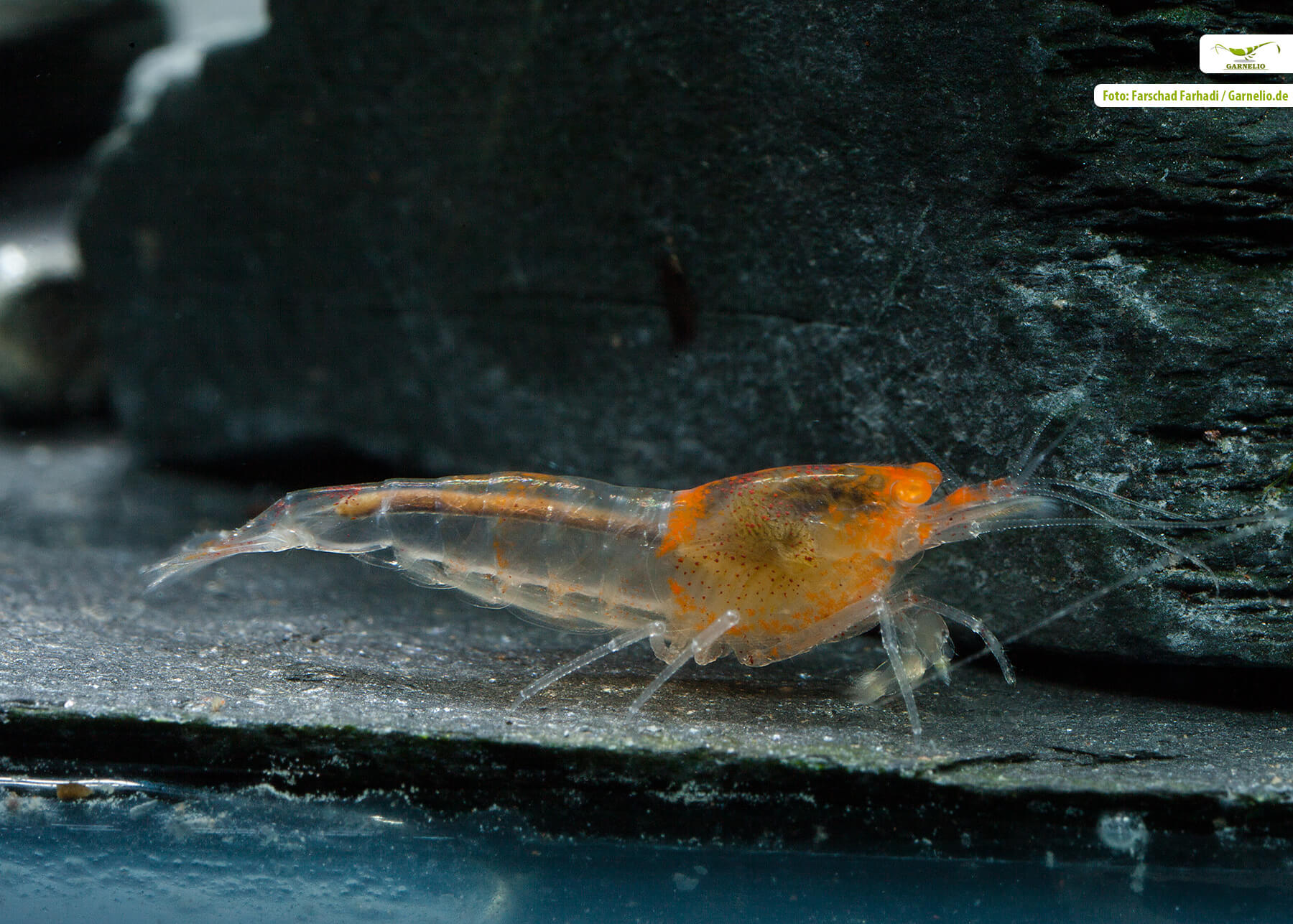
What favors an increase in infection pressure?
Vibrions find especially in warm water favorable living conditions, and if they find then also plentifully organic waste materials, as they occur gladly with intensive shrimp attitude, then they can multiply strongly. The organic load of the water increases strongly due to dead shrimp, feces, chitin shells, food residues, algae and organic fertilizers and then leads to a strong increase of the germ count. 500.000 germs per milliliter of water are often not uncommon under these circumstances! Such a high concentration of pathogenic Vibrio spp. in food, water and pond bottom material massively increases the infection pressure and eventually leads almost inevitably to a disease of the shrimp.
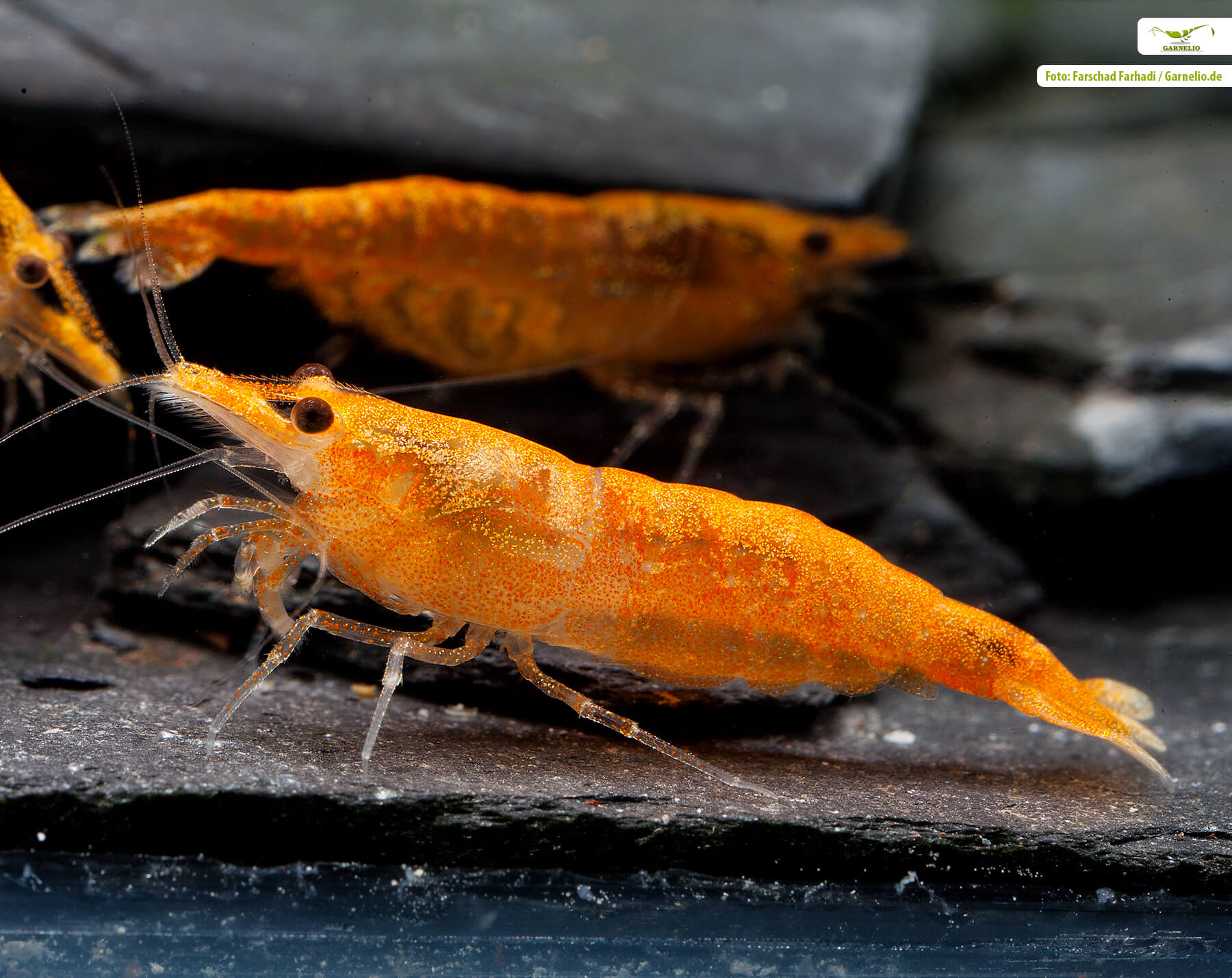
How can you prevent this?
The best way to prevent an infection with Vibrio spp. is to strengthen the shrimp and especially their immune system. This is done not only by regular water changes and water values adapted to the shrimp's needs (the recommended water values for each species and color variety can be found in our descriptions in the store), but also by good aquarium hygiene. Remove dead plant parts and dead shrimps as soon as possible, do not overfertilize your aquarium and do not overfeed your animals. Shrimp are opportunists, in addition to food they also like to eat growth, which they graze from all surfaces in the aquarium - so they don't need that much food at all. Nevertheless, care should be taken to provide a varied diet with adequate vitamin C levels and also with digestible proteins, which should preferably come from invertebrates and not from warm-blooded vertebrates. Our Natureholic food has been produced with the knowledge of the shrimp's needs and gives your animals everything they need right from the start. Nevertheless, please vacuum up uneaten food remains after a few hours to keep the organic load on the water low! Some brown autumn leaves are also always good in the shrimp tank; the humic substances they contain can inhibit bacterial growth. If you now also mulch the bottom well from time to time during the water change, especially at the feeding area, you are on the safe side. Plant your aquarium well; plants also keep the organic load of the water low and thus ensure good water values, which in turn benefit the defense system of your shrimp.

